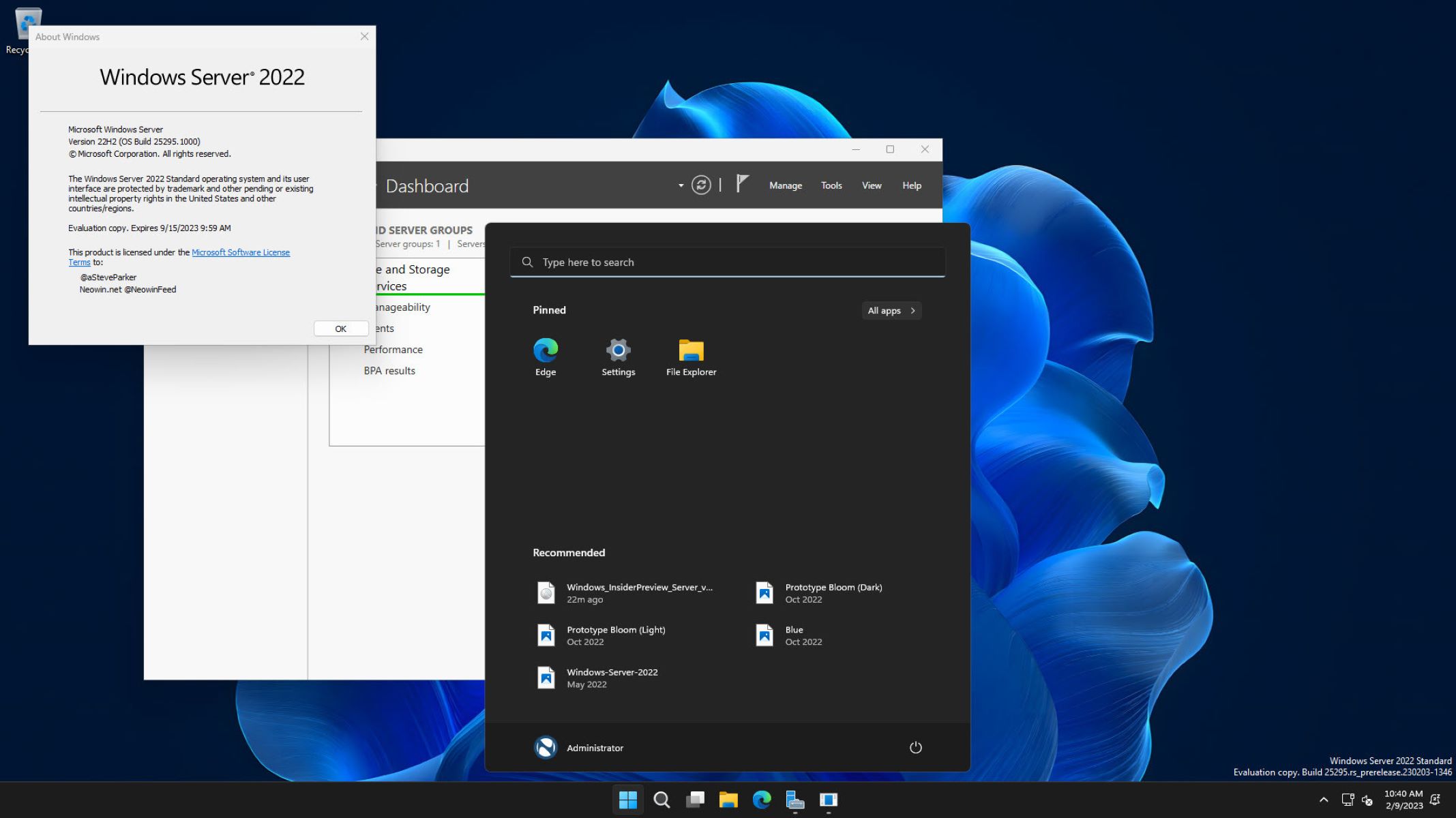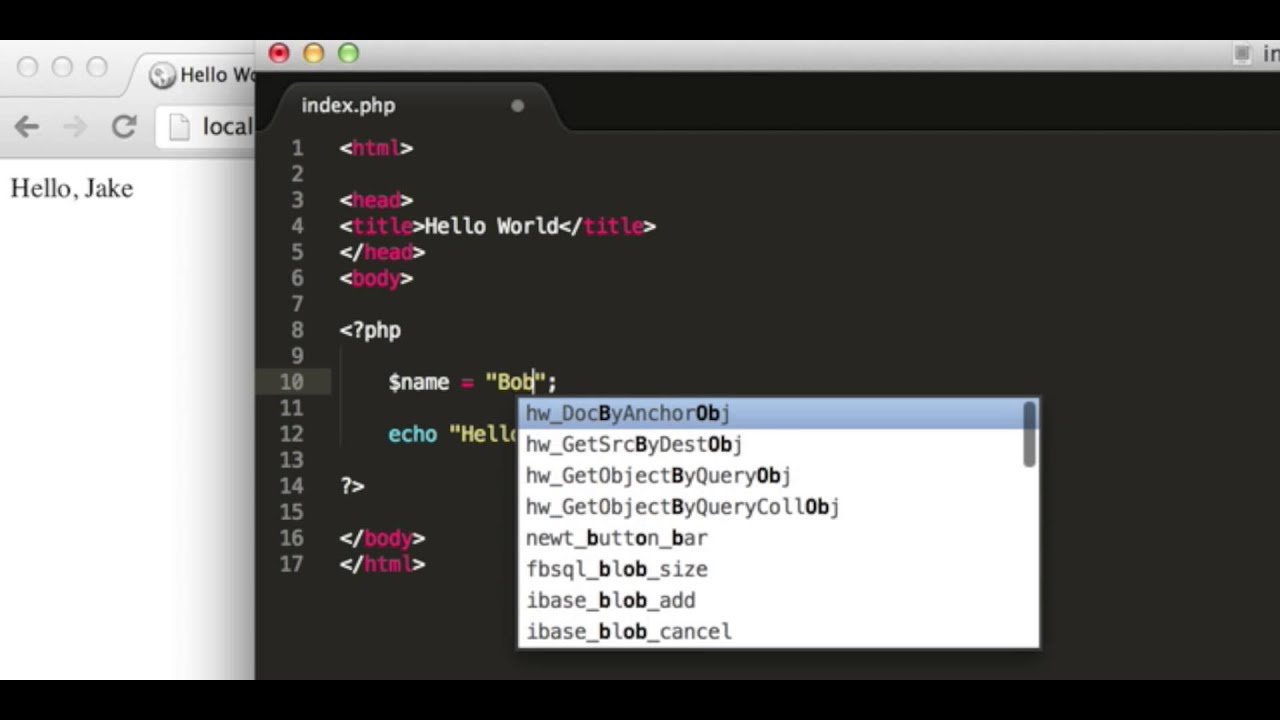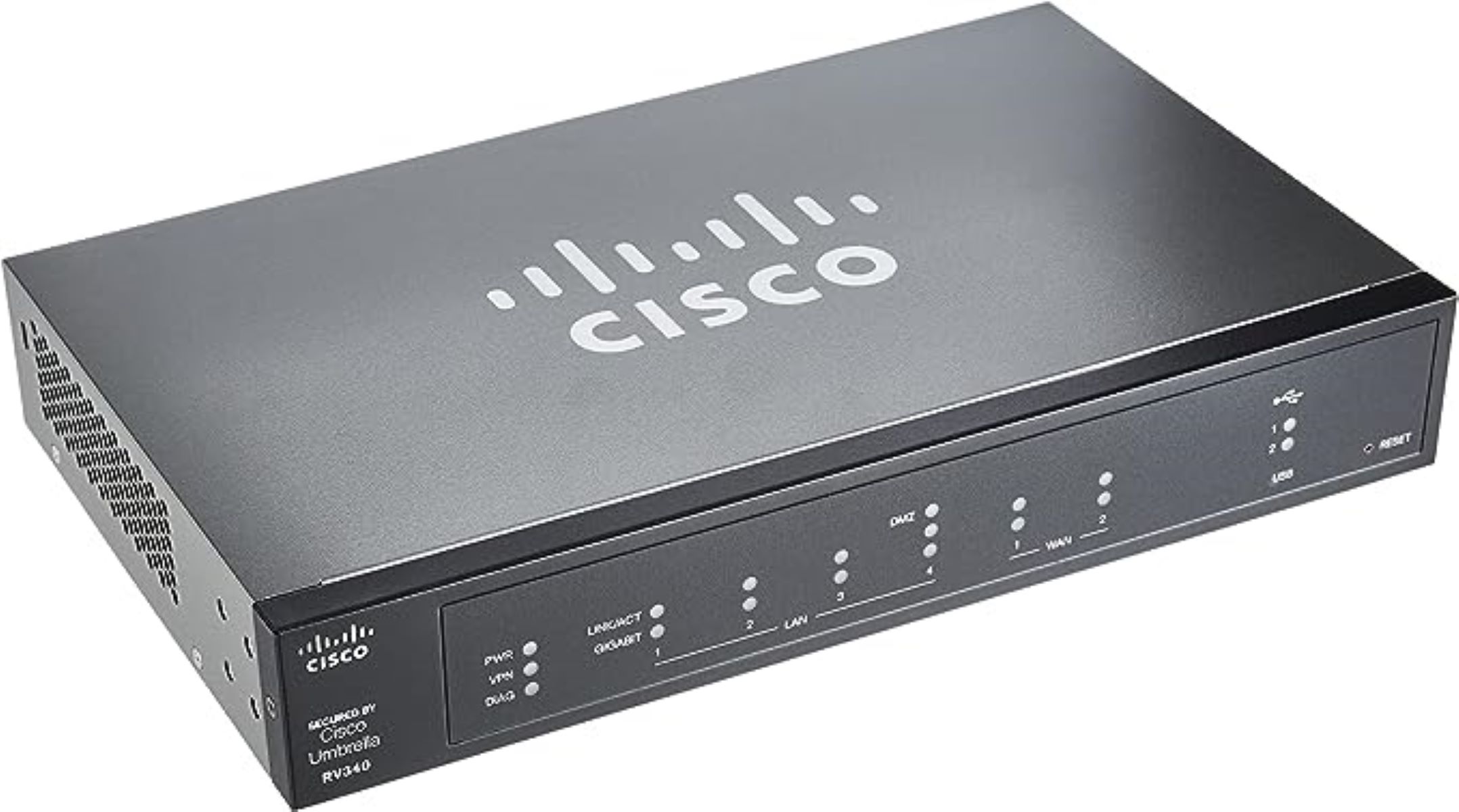Introduction
Configuring NPS Radius on an Extreme Network Switch is a crucial step in enhancing network security and access control. By integrating Network Policy Server (NPS) with the Remote Authentication Dial-In User Service (RADIUS) protocol, organizations can enforce robust authentication and authorization policies, ensuring that only authorized users gain access to the network resources. This comprehensive guide will walk you through the step-by-step process of configuring NPS Radius on an Extreme Network Switch, empowering you to bolster your network’s security posture and streamline user access management.
Whether you are a seasoned network administrator or a novice delving into the realm of network configuration, understanding the significance of NPS Radius and mastering its implementation is paramount. This article aims to demystify the intricacies of NPS Radius configuration, equipping you with the knowledge and practical insights necessary to navigate this process with confidence.
As we embark on this informative journey, it is essential to grasp the fundamental concepts and prerequisites for configuring NPS Radius on an Extreme Network Switch. By elucidating the underlying principles and technical requirements, we will establish a solid foundation for the subsequent step-by-step guide, enabling you to seamlessly implement NPS Radius in your network infrastructure.
What is NPS Radius and Why is it Important?
Network Policy Server (NPS) Radius, an integral component of Windows Server, functions as a RADIUS server, providing centralized authentication, authorization, and accounting management for network access. The RADIUS protocol, which stands for Remote Authentication Dial-In User Service, serves as a key mechanism for verifying the credentials of users attempting to access a network. When integrated with an Extreme Network Switch, NPS Radius plays a pivotal role in fortifying network security and regulating user access.
One of the primary reasons NPS Radius is crucial lies in its ability to enforce stringent authentication and authorization policies. By leveraging NPS Radius, organizations can implement multifactor authentication, requiring users to provide multiple forms of verification before accessing the network. This significantly mitigates the risk of unauthorized access and strengthens the overall security posture of the network.
Besides authentication, NPS Radius facilitates granular access control, allowing administrators to define and enforce specific access policies based on user identity, group membership, or other attributes. This capability empowers organizations to tailor access privileges according to individual roles and responsibilities, thereby reducing the likelihood of unauthorized network activity and potential security breaches.
Furthermore, NPS Radius plays a vital role in accounting and auditing network usage. By logging and tracking user authentication and access attempts, NPS Radius enables administrators to monitor network activity, identify potential security incidents, and generate comprehensive reports for compliance and regulatory purposes.
Moreover, the seamless integration of NPS Radius with an Extreme Network Switch streamlines the management of network access policies, offering a centralized and cohesive approach to user authentication and authorization. This not only enhances operational efficiency but also simplifies the task of maintaining consistent security measures across the network infrastructure.
In essence, NPS Radius is indispensable for organizations seeking to fortify their network security, enforce robust access controls, and maintain comprehensive visibility into network activity. Its role in authentication, authorization, accounting, and centralized policy management underscores its significance in safeguarding network resources and ensuring a secure and compliant network environment.
Prerequisites for Configuring NPS Radius on an Extreme Network Switch
Before embarking on the configuration of NPS Radius on an Extreme Network Switch, it is imperative to ensure that certain prerequisites are met to facilitate a seamless integration and operation. These prerequisites encompass both hardware and software requirements, as well as the necessary administrative access and network connectivity.
- Windows Server with Network Policy Server (NPS): The foundation for configuring NPS Radius is a Windows Server installation that includes the Network Policy Server role. This server will serve as the RADIUS server for authenticating and authorizing network access requests.
- Extreme Network Switch: An operational Extreme Network Switch is essential, and it should be accessible for configuration and management. Ensure that the switch supports RADIUS authentication and that the firmware is up to date to avoid compatibility issues.
- Administrative Access: You will need administrative credentials for the Windows Server hosting NPS, as well as access privileges to configure the Extreme Network Switch. This ensures that you have the necessary permissions to make the required configuration changes.
- Network Connectivity: A stable network connection between the Windows Server running NPS and the Extreme Network Switch is critical. Verify that the network infrastructure allows for seamless communication between the NPS server and the switch to facilitate RADIUS authentication and authorization.
- Understanding of Network Policies: Familiarize yourself with the concept of network policies within NPS. Understanding how to create and configure network policies is fundamental to defining the conditions and settings for RADIUS clients, connection requests, and network access permissions.
By ensuring that these prerequisites are met, you can lay a solid groundwork for the successful configuration of NPS Radius on an Extreme Network Switch. Addressing these essential requirements will help mitigate potential obstacles and streamline the integration process, setting the stage for a robust and secure network access control implementation.
Step-by-Step Guide to Configuring NPS Radius on an Extreme Network Switch
Configuring NPS Radius on an Extreme Network Switch involves a series of sequential steps to integrate the RADIUS server with the switch for authentication and authorization. This comprehensive guide will walk you through the essential configuration process, empowering you to establish a secure and efficient network access control mechanism.
- Install and Configure NPS: Begin by installing the Network Policy Server (NPS) role on a Windows Server. Once installed, configure NPS with the necessary RADIUS clients and network policies to define the conditions and settings for network access.
- Access Extreme Network Switch: Log in to the management interface of the Extreme Network Switch using administrative credentials. Navigate to the RADIUS configuration settings to prepare the switch for integration with the NPS server.
- Define RADIUS Server Settings: Within the switch’s management interface, specify the IP address and shared secret for the NPS server. This information is crucial for establishing secure communication and authentication between the switch and the RADIUS server.
- Configure RADIUS Authentication: Enable RADIUS authentication on the Extreme Network Switch, ensuring that it is set to communicate with the NPS server for user authentication requests. Verify the authentication settings to align with the requirements of the NPS configuration.
- Test RADIUS Authentication: Conduct a test authentication to validate the communication and authentication process between the Extreme Network Switch and the NPS server. This step ensures that the RADIUS integration is functioning as intended and that users can successfully authenticate through the NPS server.
- Review and Refine Network Policies: Verify the network policies configured in NPS to ensure that the conditions and permissions align with the intended access control requirements. Adjust the network policies as needed to enforce specific access rules and restrictions.
- Monitor and Troubleshoot: Regularly monitor the RADIUS authentication and access attempts to identify any anomalies or issues. Implement troubleshooting measures to address any discrepancies or errors in the RADIUS integration, ensuring seamless operation and security.
By meticulously following these step-by-step instructions, you can proficiently configure NPS Radius on an Extreme Network Switch, bolstering the network’s security posture and enabling robust user access management. This systematic approach ensures a thorough and effective integration of RADIUS authentication, empowering you to fortify your network infrastructure with enhanced access control capabilities.
Verifying and Testing the NPS Radius Configuration
After configuring NPS Radius on an Extreme Network Switch, it is essential to verify and test the integration to ensure the seamless operation of the RADIUS authentication and access control mechanism. The verification and testing phase allows you to confirm the functionality of the NPS Radius configuration and identify any potential issues that require attention.
Verification Steps:
- Review RADIUS Server Settings: Validate the RADIUS server settings on the Extreme Network Switch to ensure that the IP address and shared secret match the configuration of the NPS server. This verification confirms the accuracy of the communication parameters.
- Check RADIUS Authentication Status: Verify the status of RADIUS authentication on the switch to confirm that it is actively communicating with the NPS server for user authentication requests. This step ensures that the RADIUS integration is operational.
- Inspect Network Policy Configuration: Review the network policies configured in NPS to confirm that the defined conditions, permissions, and constraints align with the desired access control requirements. This validation ensures that the network policies are accurately enforced.
Testing Procedures:
- Perform Test Authentications: Conduct test authentications using various user credentials to validate the RADIUS authentication process. Verify that users can successfully authenticate through the NPS server and gain access to the network based on the defined network policies.
- Simulate Access Scenarios: Simulate different access scenarios to test the enforcement of network policies. Verify that users are granted or denied access based on their identity, group membership, or other attributes specified in the network policies.
- Monitor Authentication Logs: Monitor the authentication logs on both the NPS server and the Extreme Network Switch to track and analyze authentication and access attempts. This monitoring provides visibility into the RADIUS authentication process and aids in identifying any irregularities or unauthorized access attempts.
By diligently verifying the configuration settings and conducting thorough testing procedures, you can ensure the reliability and efficacy of the NPS Radius integration with the Extreme Network Switch. This proactive approach not only validates the successful implementation of RADIUS authentication but also empowers you to identify and address any potential issues, thereby fortifying the network’s security and access control mechanisms.
Conclusion
In conclusion, the configuration of NPS Radius on an Extreme Network Switch is a pivotal undertaking that significantly enhances network security and access control. By integrating the Network Policy Server (NPS) with the Remote Authentication Dial-In User Service (RADIUS) protocol, organizations can enforce robust authentication and authorization policies, mitigating the risk of unauthorized access and bolstering the overall security posture of the network.
Throughout this comprehensive guide, we have delved into the fundamental concepts, prerequisites, and step-by-step procedures for configuring NPS Radius on an Extreme Network Switch. Understanding the significance of NPS Radius and its role in fortifying network security is paramount for network administrators and IT professionals seeking to optimize their network access management.
From ensuring the prerequisites are met to meticulously configuring the RADIUS integration and conducting thorough verification and testing, this guide has provided a detailed roadmap for implementing NPS Radius with precision and confidence. By adhering to the systematic approach outlined in this guide, organizations can establish a secure and efficient network access control mechanism, empowering them to regulate user access and maintain comprehensive visibility into network activity.
Ultimately, the successful configuration of NPS Radius on an Extreme Network Switch not only strengthens network security but also streamlines user access management, fostering a resilient and compliant network environment. By leveraging the capabilities of NPS Radius, organizations can fortify their network infrastructure, mitigate security risks, and ensure that only authorized users gain access to critical network resources.
As technology continues to evolve, the implementation of robust access control mechanisms such as NPS Radius becomes increasingly imperative in safeguarding sensitive data and maintaining the integrity of network operations. By embracing the best practices outlined in this guide, organizations can effectively harness the power of NPS Radius to fortify their network security and uphold stringent access control measures, positioning themselves for a resilient and secure network environment.

























